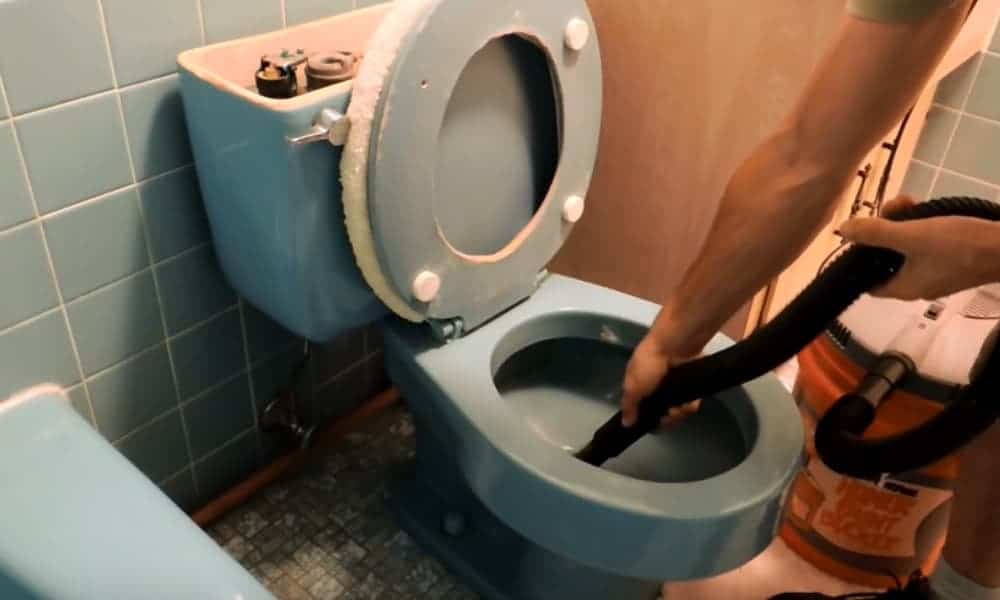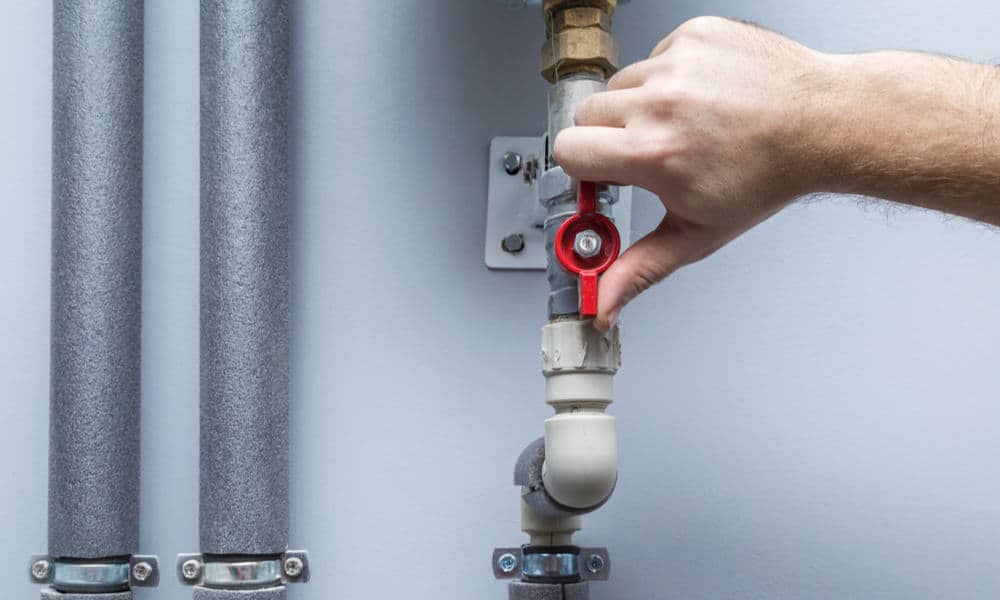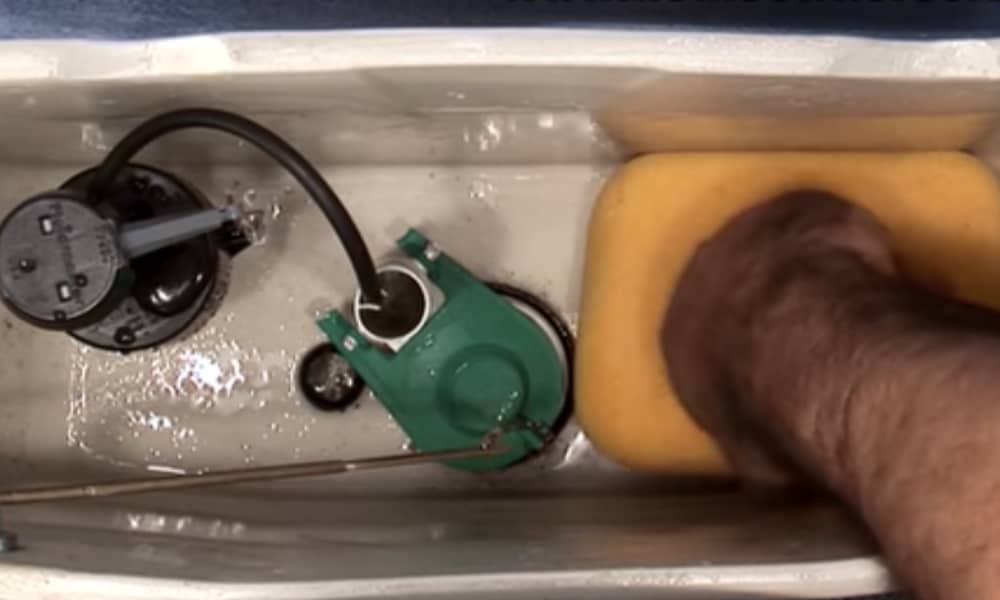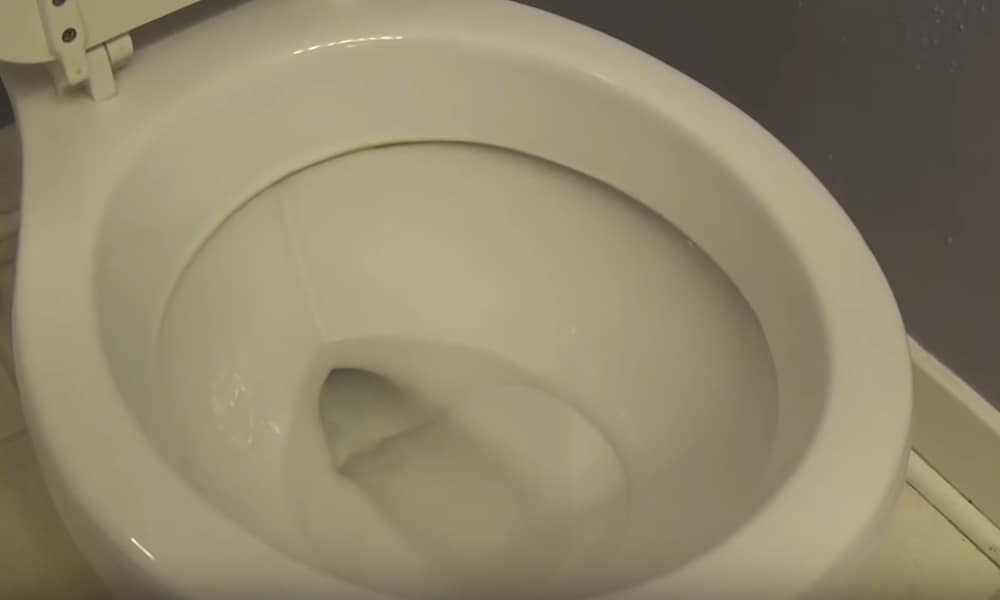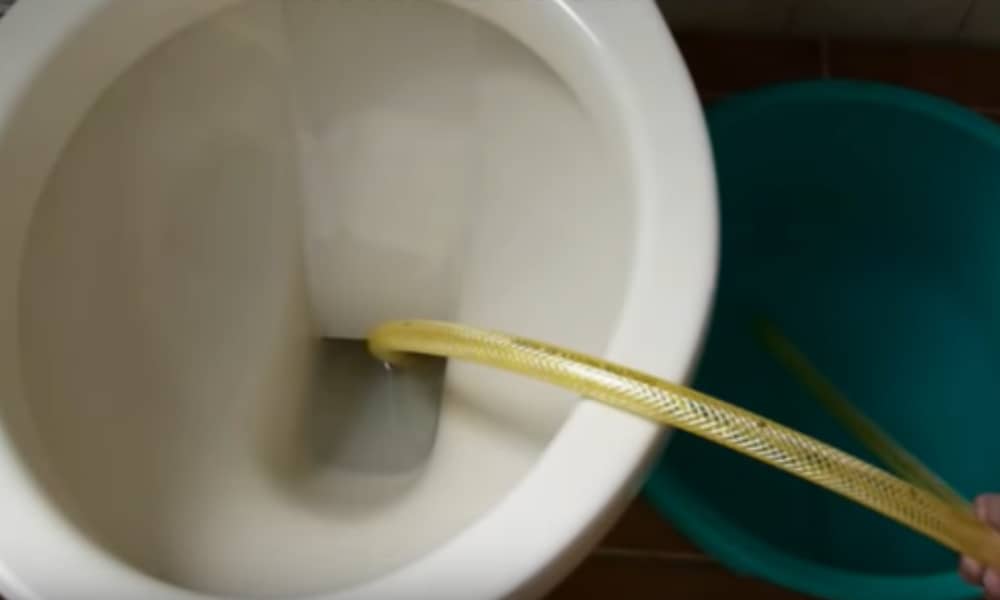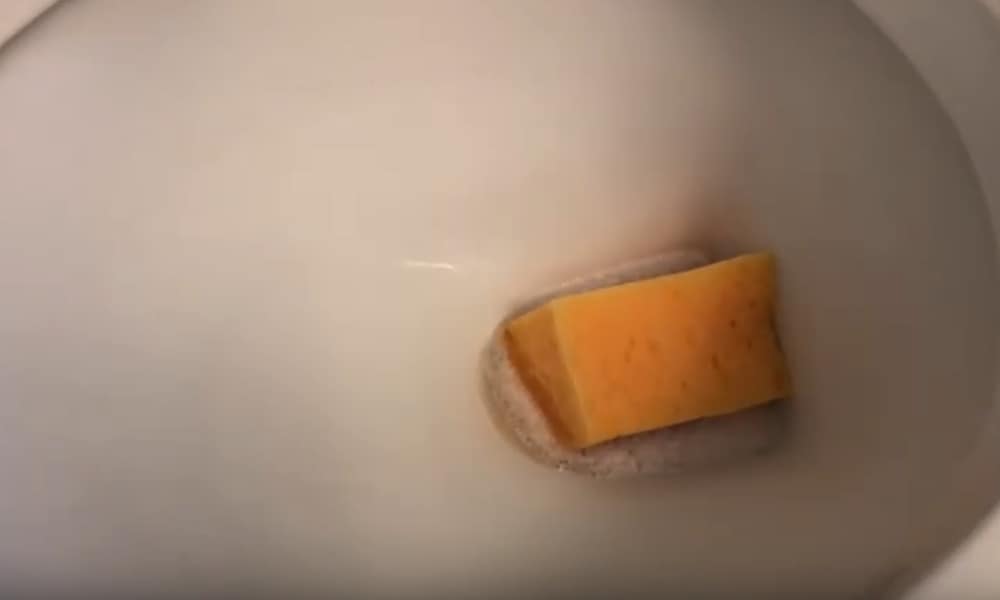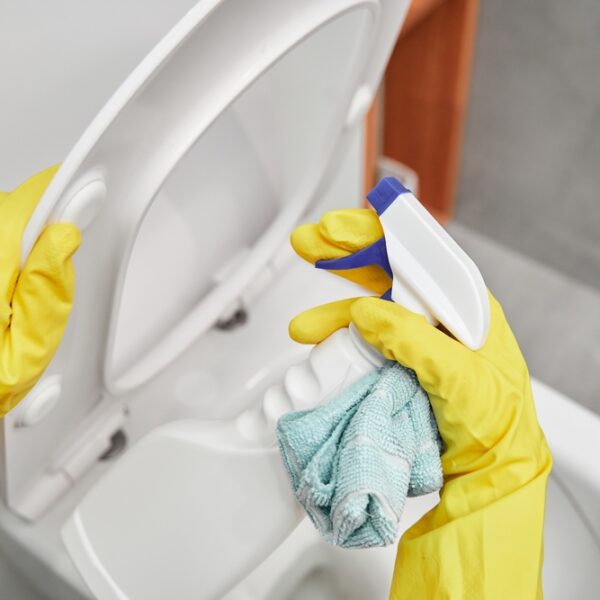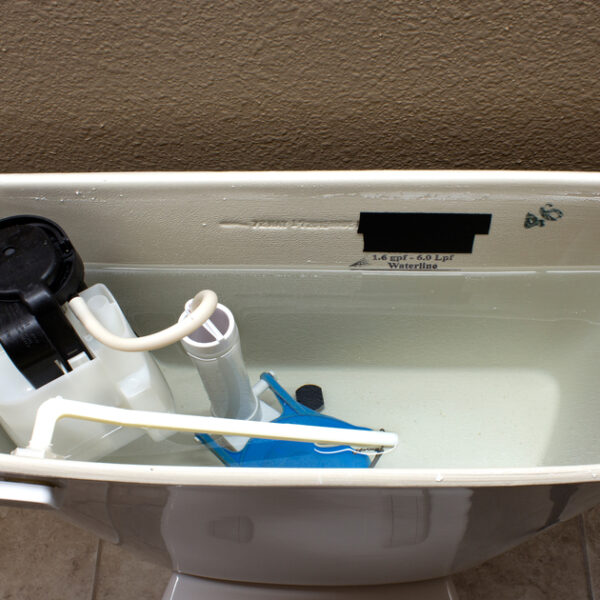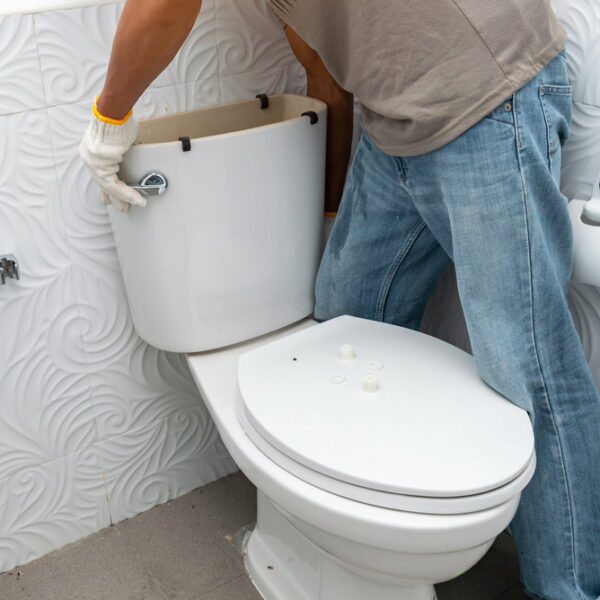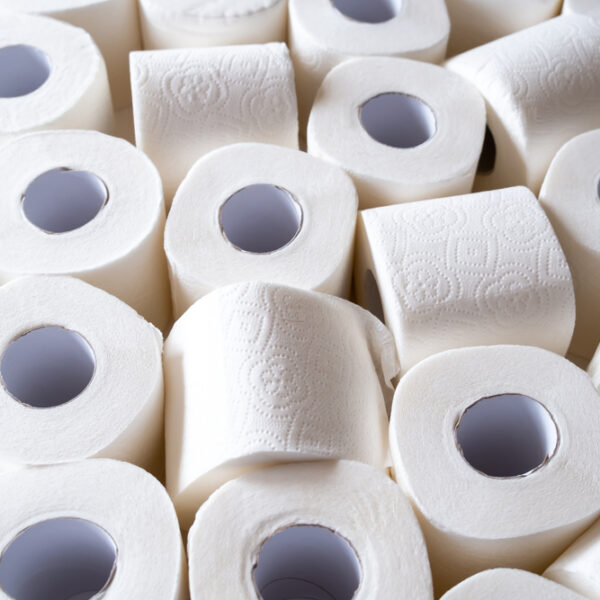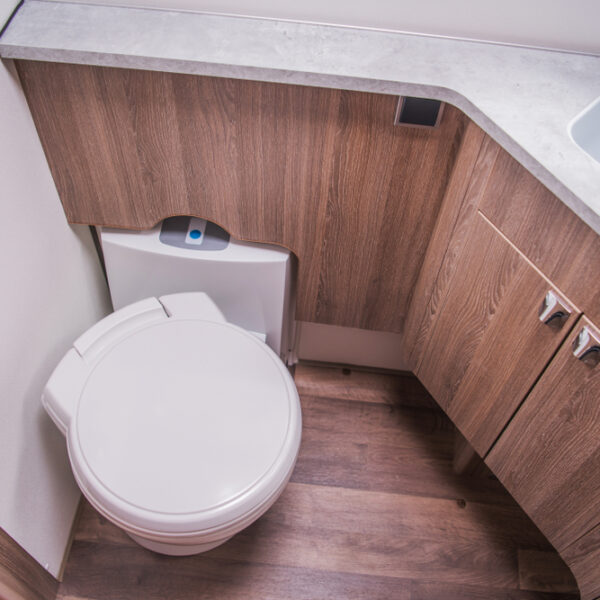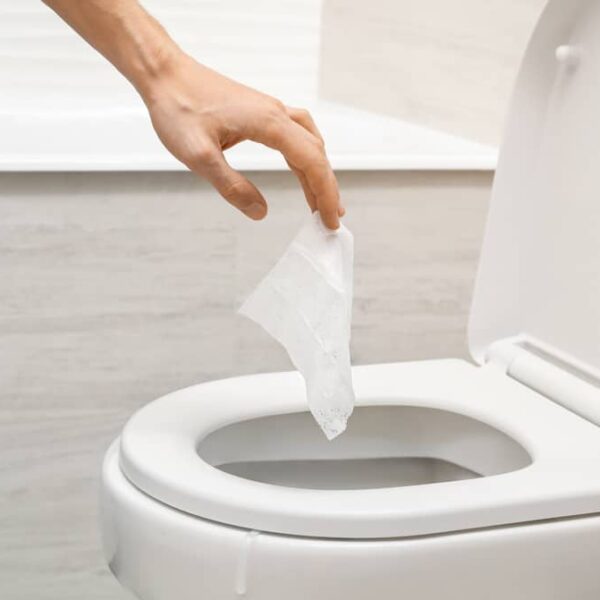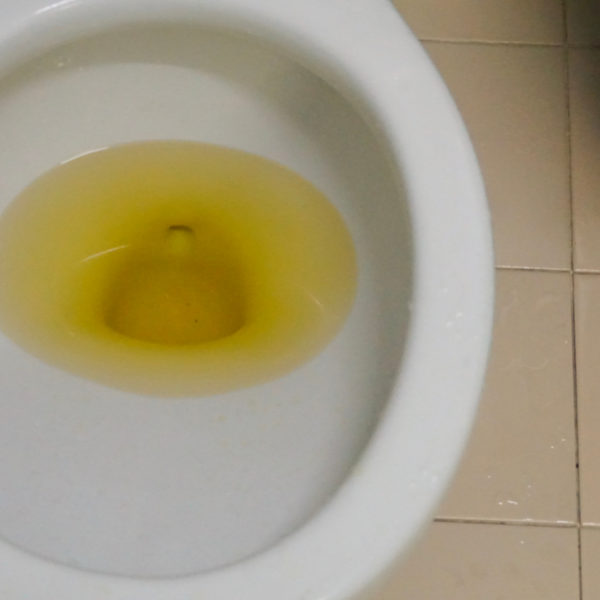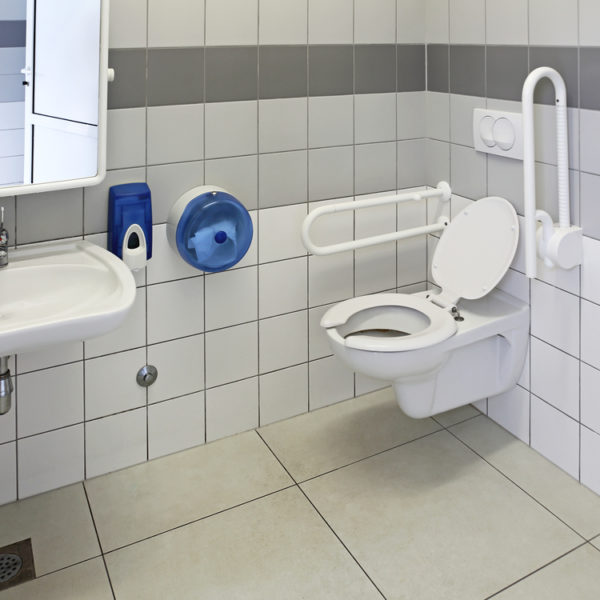Cleaning, plunging, draining, and maintaining toilets aren’t the chores I enjoy doing. I suppose that you also don’t like the awful smell, lack of sanitarian conditions, and all that disgusting waste you have to deal with. It is a dirty job, but you are aware that you need to finish that job from time to time. I will try to help you to find the most comfortable and the quickies way possible to drain your toilet when necessary.
Firstly, you should understand the difference between draining the American standard toilet connected to the plumbing system and the RV toilets or camper toilets you usually use during your vacation. Since I go camping with my family for years, I can give you some valuable pieces of advice on how to drain each of these types of toilet as well.
Draining the Classic Toilets
By combining several methods, you can efficiently and quickly drain your toilet when needed. The most common methods are:
- Plunging
- Siphoning
- Bailing
- Sponging
- Vacuuming out the water
There is no need to use all of them at the same time, but the right combination can be of great help to finish this unpleasant job successfully.
Tools and materials
You often don’t need to use all of the tools from the list below. Which pieces you should provide will depend on the method you use to drain your toilet.
- Plunge
- Hose
- Bucket or bowl
- Rubber protective gloves
- Wet vacuum cleaner
- Wrench
- Sharp knife
- Plastic or paper cup
- Sponge
- Old cloth or towel
Turn off the water supply
As always, the first thing you need to do before beginning the job is to turn off the water supply. The best safety measure you can do is to turn off the water in the entire household.
The main water supply valve is usually placed on the ground floor of your house or in its basement. If you rent the house or apartment, and you are not sure where to look for the valve, the best option is to ask the renting estate agency or a landlord for that information.
If you decide to choose an uncomplicated way, you can also turn off the water in the bathroom. The first thing you need to do after doing that is to check if the valve works properly. If the toilet tank doesn’t fill again with water after flushing the toilet, you can be sure that you have turned the water supply properly.
Empty the water tank
Once you are sure the water supply is off, you can start with emptying and drying the toilet tank. Flush the water by pushing or pulling the lever, depending on the toilet flushing mechanism you have.
You will notice that a little water is still left at the bottom. It is usual since the system doesn’t allow all water to flush out. However, you need to dry it entirely, which means that it is time for sponging.
Grab a sponge and take out the water thoroughly. After every soaking, take the sponge out and squeeze all the water. Repeat the process until the tank is empty.
In case you have a tankless toilet, you can skip this step. The only thing you need to do is to close the water supply valve before you start draining the toilet.
Be careful! If your toilet is clogged and your drains don’t work correctly, it is better to skip this step until solving the problem. If you flush the water in such a condition, you may experience the overflow of wastewater. In that case, you need to unclog the toilet first.
The Best Ways to Drain Standard Toilet
1. Plunge the toilet
Using a toilet plunger is a quick way to dry the bowl. Place it down in the toilet opening and push the water down the toilet by using up-and-down movements. Keep repeating that until most of the water goes down into the drain and leave the bowl empty.
If you prefer some other ways to make draining your toilet less complicated, it is OK too. For example, you can use a bucket to pour water into the bowl. That way, the largest amount of water from the toilet will go into the drains. The only thing left is to get rid of the rest of the liquid with a plunger.
2. Bail the water out
It is not a more comfortable way to do the job, but it is one of the simplest. Take a plastic or paper cup, and begin taking out the water from the toilet. Literally! It sounds disgusting to you? Well, it is as awful as it sounds.
If you pick out this way to solve the problem efficiently, you will need a pair of long rubber gloves, a cup, and a plastic bowl. OK, this method is unattractive, but at least it is cheap.
Let’s go! Soak the paper glass into the bowl and take as much water as you can. Since you need to take all of the water away, be prepared to finish the action by using a sponge in the end. Unfortunately, you can’t soak all the water with the cup. The only way to collect every drop is to get your hand wet.
3. Siphon the water
People have used this old method for centuries to pour liquid from one container to another. Why wouldn’t you apply that system in this particular case?
Prepare a hose and a bucket. Put on rubber gloves first because the procedure requires wetting your hands in the toilet water. The hose should be long enough for dipping it into the toilet and a bucket at the same time.
Pour some water in the prepared bucket, but take care that the level of the water in the bucket isn’t higher than the one in the toilet.
Then pour water in the hose and entirely block both ends with your fingers right away. Carefully, sink one end into the toilet and the other end into the bucket. Be careful not to open the ends of the hose until they are submerged in water entirely.
Once both ends of the hose are under the water, you can remove the fingers from them, and the water will start draining from the toilet to the bucket. The process will continue until the toilet end of the hose is in the water, and the water level in the bucket is lower than in the bowl.
After taking out almost all the water possible form the toilet, you need to get rid of a residue of liquid from the bottom of the bowl. Use the sponge for that purpose.
4. Sponge the water out
The method of sponging water is necessary in almost every case as the final touch. However, you can drain the bowl by using the sponge from the very beginning. Pick out the bigger one to take a lot of water at once to save time and speed up this unpleasant process.
5. Vacuum the water out
For this method, you will need a so-called wet vac. It is a special kind of vacuum cleaner for vacuuming water. Never try to use a regular vacuum cleaner for this purpose.
When deciding to use a wet vac method, you should pay attention to the size of the vac tank. How much water is too much, you can check at the vacuum manual. In a case that the tank is too little, you will need to vacuum several times to empty the toilet.
Since the vacuumed water is filthy, don’t forget to sanitize your device afterward. As always, use the sponge to pick up remained water in the end.
Draining the RV and Camper Toilets
The excellent thing with camper toilets and RV toilets is that you need to drain just the water tank and water supply pipe when decide to drain them. Start by turning off the water pump, which supplies your toilet with the water.
After that, turn off the heater if you have one. You don’t want your heater to work after turning off the water pump since it can do a lot of damage while the water tank is half empty.
Firstly, you should flush the toilet to drain the remaining water from the tank. The great thing is that the bottom of these toilets doesn’t have water at the bottom of the bowl. Therefore, it is not complicated to drain them at all.
Press a lever and thus remove the water from the bowl and wipe it off with an old cloth. As soon as a lever-door is closed, you can disconcert your toilet immediately.
Conclusion
Draining the toilet is not a pleasant job to do at all. However, there are a few methods to finish it as comfortable as possible.
The goal is to collect all water from the bowl before starting working, but you should always count to unforeseen circumstances.
Therefore, prepare old clothes or towels to collect any unwanted water on the bathroom floor if necessary.
